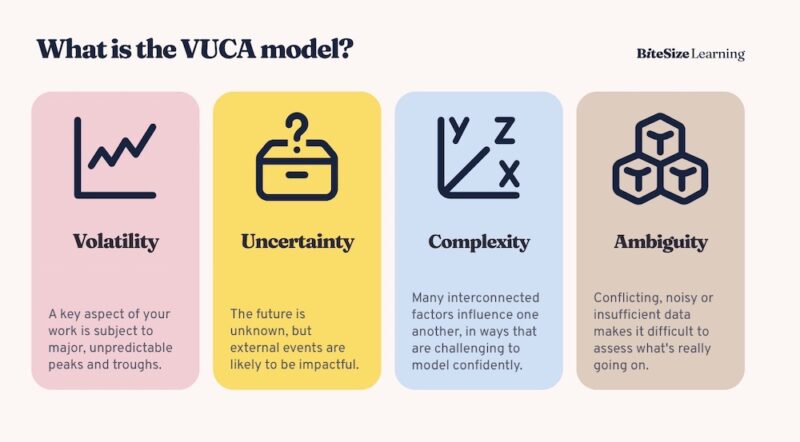Quantitative vs qualitative advertisement testing
With an expected global advertising market expenditure of over $850 billion in 2021 [1] pre-testing advertising concepts and campaigns before they go to market is critical in ensuring they have the right impact, messaging, and appeal to connect with the intended audience (beyond internal perceptions) and crucially, to provide the best chance of success once launched.
Ad testing [2] allows marketers to refine single ideas, compare alternate concepts, better understand their audience, and [hopefully] avoid mistakes and potential community backlash like we saw in 2017 with this Dove Facebook advert:

So, what method should you use to test your concepts?
There are generally two schools of thought when it comes to concept testing, a qualitative approach, or a quantitative approach.
Qualitative Approach:
Qualitative testing generally involves in-depth discussions with small groups made up of key segments within the target audience, with the aim being to generate open dialogue directly with the consumer. Participants are shown the concept[s] and are asked to discuss their initial thoughts, feelings, and perceptions as well as key measures such as relevance, appeal, believability, and brand alignment. As discussions generally take place over a longer period of time, there is greater opportunity to truly unpack opinions. Delving deeper into participant experiences and attitudes, providing context and a better understanding of consumer likes and dislikes, in turn, presenting clearer direction for advertising materials moving forward.

This approach is effective in understanding the rationale behind audience appeal and preference and better informing future strategies and concept iteration, but does not allow for the scale/ sample robustness of quantitative methodologies.
Quantitative Approach:
Quantitative testing alternatively centres around surveys being distributed to a larger sample, obtaining numerical data (statistics and percentages) to objectively support/ oppose any given ad (or ad aspects), or determine the preference for several alternate concepts. Participants are provided with the advertising stimuli and are asked to respond to predominantly closed type questions [3]. Overall appeal, relevance, and ranked preference are measures commonly used to gauge the effect of the presented concepts.
This approach is effective in gauging perceptions of a greater sample of the target audience and objectively recognising overall concept strength or weakness, but it lacks the context of opinion provided through more in-depth discussions which often is crucial to the refinement and improvement of concepts.

Quant/ Qual Approach:
Whilst qualitative and quantitative approaches are different and contain their own unique advantages and disadvantages, often a hybrid methodology of the two can provide the strongest research. Commonly, respondents are shown the ad concept[s] and are individually asked to respond to a series of simple questions based on key measures. They are then brought together to openly discuss their thoughts with others, allowing for a moderator to probe, formulating the rationale behind consumer opinions.
This approach provides a deeper understanding of audience attitudes, whilst having the backing of objective data to support marketing decisions to be made.
Conclusion:
Ultimately, both approaches are effective in informing future decisions for advertising, yet the chosen methodology should reflect your research needs and desired outcomes. For a clearer understanding of attitudinal context and direction, qualitative testing will work best. For statistical and objective based evidence in support or opposition of the concept[s], quantitative testing is recommended.
[2] https://www.insightsassociation.org/issues-policies/glossary/ad-concept-testing




